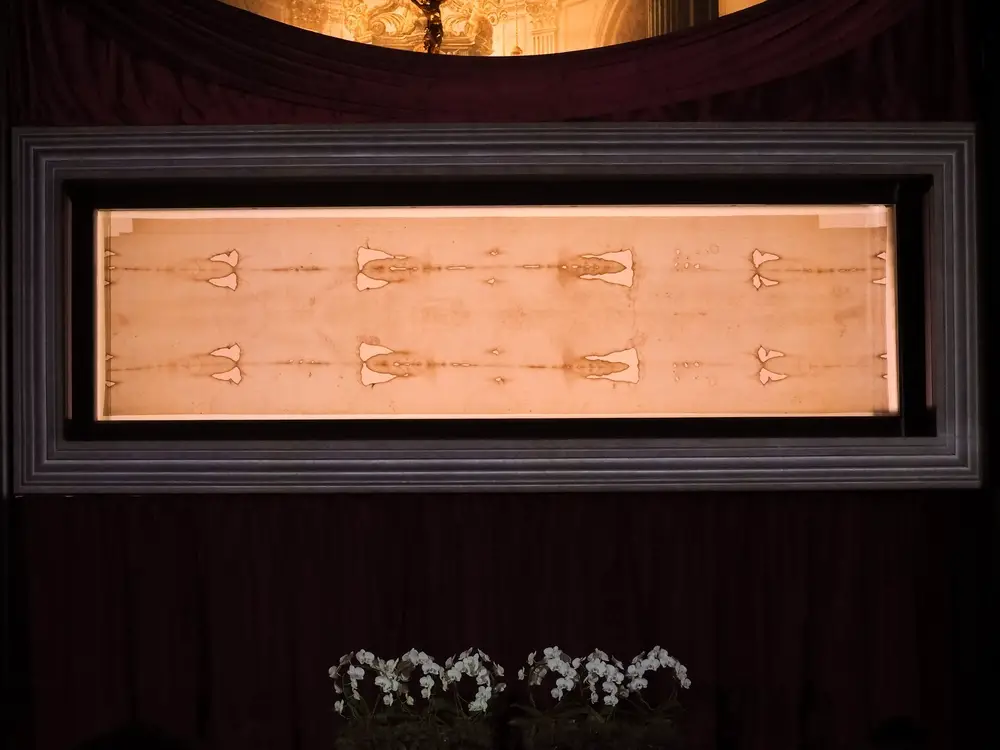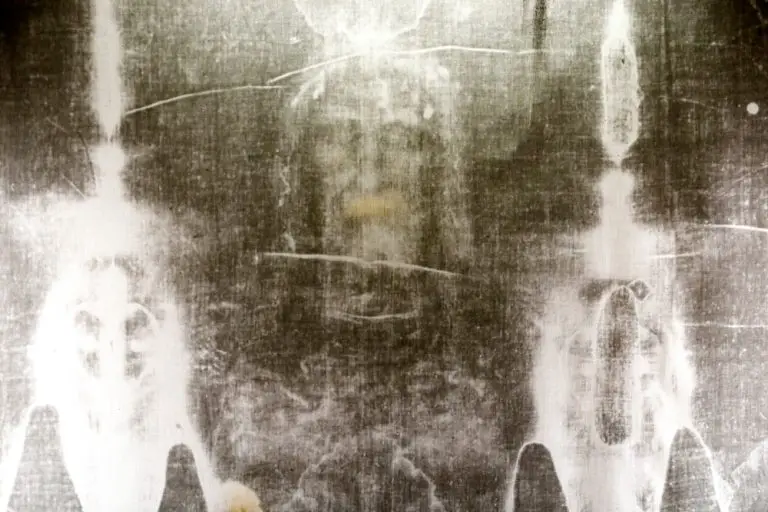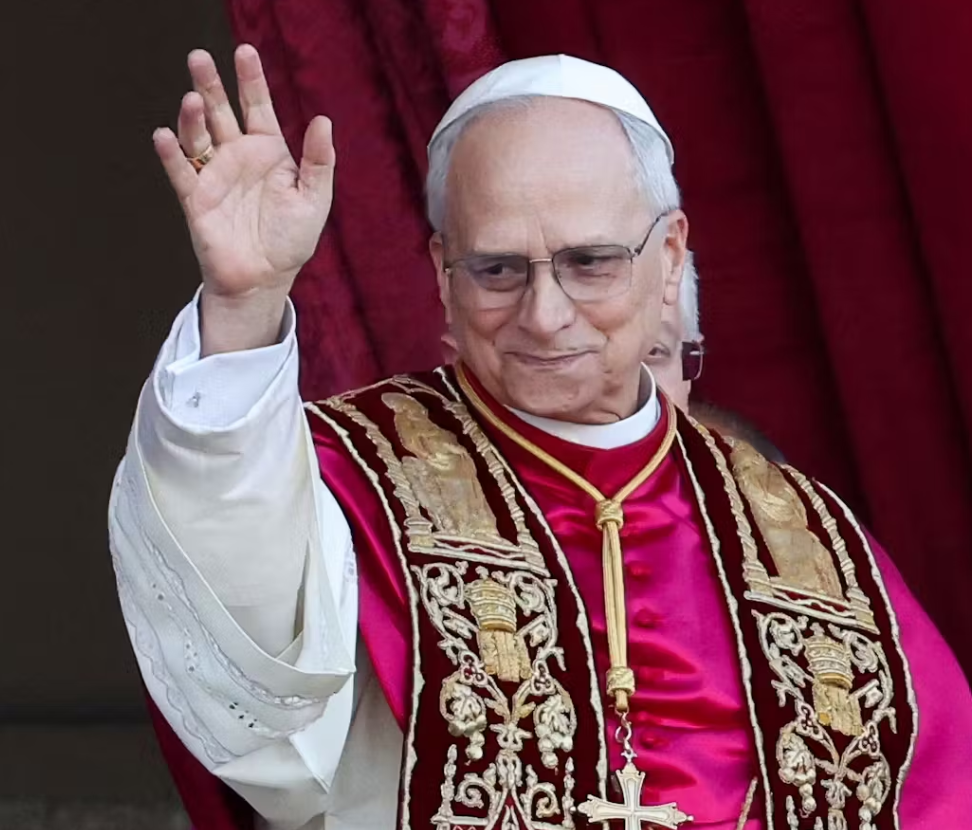A recent study has reignited the debate over the Shroud of Turin, suggesting it could be the actual burial cloth of Jesus Christ. The Shroud, which has been housed in the Cathedral of St. John the Baptist in Turin, Italy, was previously thought to have been created between 1260 and 1390 AD. However, the new research, published in the journal Heritage, used X-ray technology to reveal that the majority of the cloth’s aging occurred before its discovery by the church in the late 14th century. This finding supports the theory that the Shroud dates back to around 2,000 years ago, aligning it with the time of Jesus’s death.
The study’s findings have provided more credibility to the belief that the Shroud of Turin could indeed be the burial cloth of Jesus, a claim that has been a source of controversy for centuries. While the study suggests the cloth’s timeline may coincide with the historical period of Jesus’s death, the researchers caution that definitive proof is still lacking. They note that more extensive samples of the fabric are needed to confirm their conclusions fully.

Despite these intriguing results, the study admits there are limitations. The researchers acknowledge that the exact conditions under which the cloth was preserved over the centuries remain unknown. Factors such as temperature and humidity levels could have significantly impacted the aging process of the cloth, and without precise knowledge of these conditions, the findings must be interpreted with caution.
The Shroud of Turin has long been a subject of fascination and debate, with believers and skeptics alike drawn to its mysterious origins. While this new study adds another layer to the discussion, it leaves the door open for further research and exploration. Whether or not the Shroud is truly the burial cloth of Jesus remains uncertain, but it continues to be one of the most studied and discussed religious artifacts in the world.




